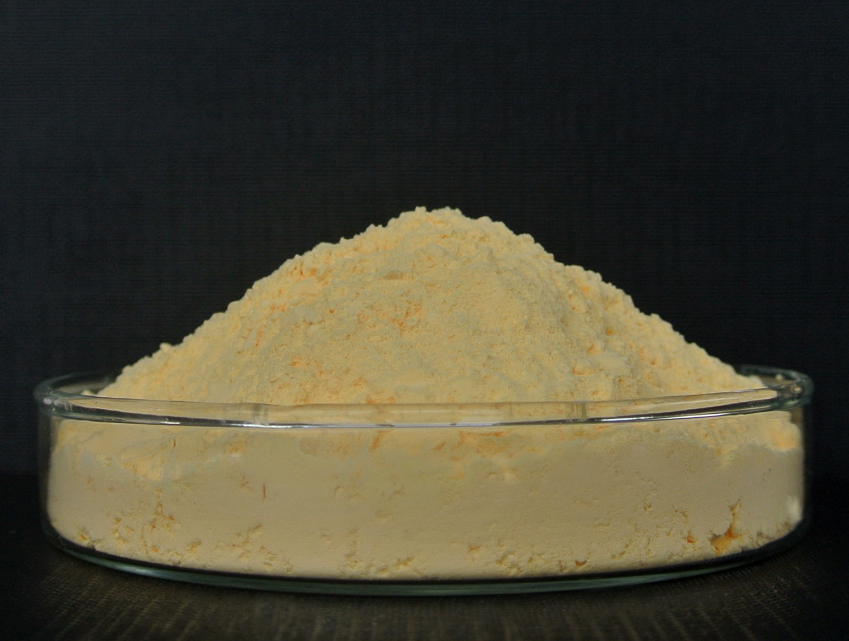# Introduction to Low-Temperature Blowing Agents
## What are low-temperature blowing agents?
Blowing agents are chemical substances that release gas under heating or other conditions, and are used to prepare foamed plastics, foam concrete and other materials. Low-temperature blowing agents are a type of blowing agents that have low decomposition temperatures, usually below 150°C. They are suitable for producing foamed products with various rubber, plastic, and rubber-plastic blends, especially EVA shoe materials.
## What are the advantages of low-temperature blowing agents?
Low-temperature blowing agents have the following advantages:
- They do not need any activators to trigger their decomposition, which can reduce the cost and avoid color contamination.
- They can produce pure white foamed products with good whiteness and brightness, and save a lot of pigments when producing colored products.
- They can provide good pore structure for the products, and do not affect their physical properties, such as elasticity, strength, and thermal insulation.
- They can be used at lower mixing temperatures and normal vulcanization conditions, which can prevent premature foaming and defects such as uneven pores and coarse pores.
## What are the types and applications of low-temperature blowing agents?
Low-temperature blowing agents can be classified into organic and inorganic types. Organic low-temperature blowing agents are mainly based on azodicarbonamide (AC), which is the most commonly used and efficient blowing agent, and modified with other additives, such as DPT, stearic acid, etc. Inorganic low-temperature blowing agents are mainly based on sodium bicarbonate and ammonium bicarbonate, which have the highest gas yield among all blowing agents, but also have some drawbacks, such as poor dispersion, water absorption, and corrosion.
Low-temperature blowing agents can be widely used in various foamed products, such as:
- EVA shoe materials: low-temperature blowing agents can produce EVA shoe materials with good whiteness, elasticity, and comfort, and can be used for both large mold hot pressing and small mold hot pressing.
- PVC+NBR foam: low-temperature blowing agents can produce PVC+NBR foam with good oil resistance, heat resistance, and flame retardancy, and can be used for automotive interiors, sealing strips, hoses, etc.
- PE foam: low-temperature blowing agents can produce PE foam with good cushioning, shock absorption, and insulation, and can be used for packaging, sports equipment, toys, etc.
- Foam concrete: low-temperature blowing agents can produce foam concrete with good fluidity, strength, and durability, and can be used for building insulation, filling, and lightweight aggregate.
## Conclusion
Low-temperature blowing agents are a kind of blowing agents that have low decomposition temperatures and can produce foamed products with various rubber, plastic, and rubber-plastic blends. They have many advantages, such as cost reduction, color improvement, pore structure optimization, and physical property maintenance. They have wide applications in various fields, such as footwear, automotive, packaging, and construction. Low-temperature blowing agents are an important technology for the development of foamed materials industry.
